Historical Heartbeat of Padua
Embark on a captivating journey through Padua's historical center. Discover its rich heritage and vibrant culture on this free walking tour.
Time
3 Hours
Stops
9 Places
Distance
3.6 km
Prato della Valle
Begin your exploration at Prato della Valle, one of Europe's largest squares, known for its elliptical island surrounded by a canal and adorned with 78 statues.
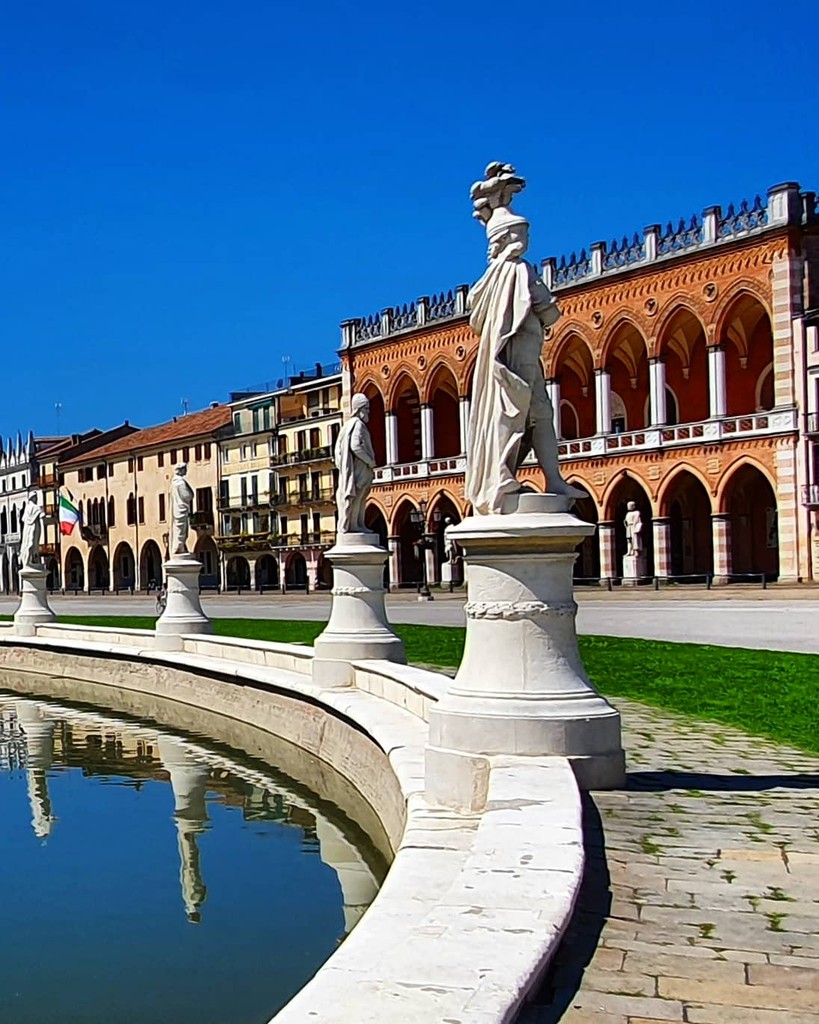
Prato della Valle (Source: Google Maps)
Prato della Valle is one of the largest squares in Europe, renowned for its striking elliptical island surrounded by a picturesque canal. The square features 78 statues of notable figures, symbolizing Padua's rich cultural history. Originally designed in the 18th century, it was the vision of architect Andrea Memmo, who sought to create a grand space that reflects the city's historical significance. The island, known as Isola Memmia, is a perfect spot for relaxation and social gatherings, making it a focal point for both locals and tourists. The square's architectural beauty and serene ambiance make it a must-visit landmark, showcasing Padua's charm and history.
Orto Botanico di Padova
Just a few steps away, visit the world's oldest academic botanical garden, a UNESCO World Heritage site since 1997.

Orto Botanico di Padova (Source: Google Maps)
The Orto Botanico di Padova, established in 1545, is the oldest academic botanical garden in the world and a UNESCO World Heritage site since 1997. It was created for the study of medicinal plants and served as a model for botanical gardens across Europe. The garden spans over 22 acres and features a diverse collection of plants, including rare and endangered species. Its historical significance lies in its role in the advancement of botanical science, with notable figures such as Andrea Cesalpino and Giorgio Vasari associated with its development. The garden's tranquil setting, with its ancient trees and serene ponds, provides a unique opportunity to explore the intersection of nature and education in Padua's rich history.
Basilica of Saint Anthony of Padua
A short walk from Prato della Valle, this renowned pilgrimage site is a masterpiece of Gothic and Romanesque architecture, housing the tomb of Saint Anthony.
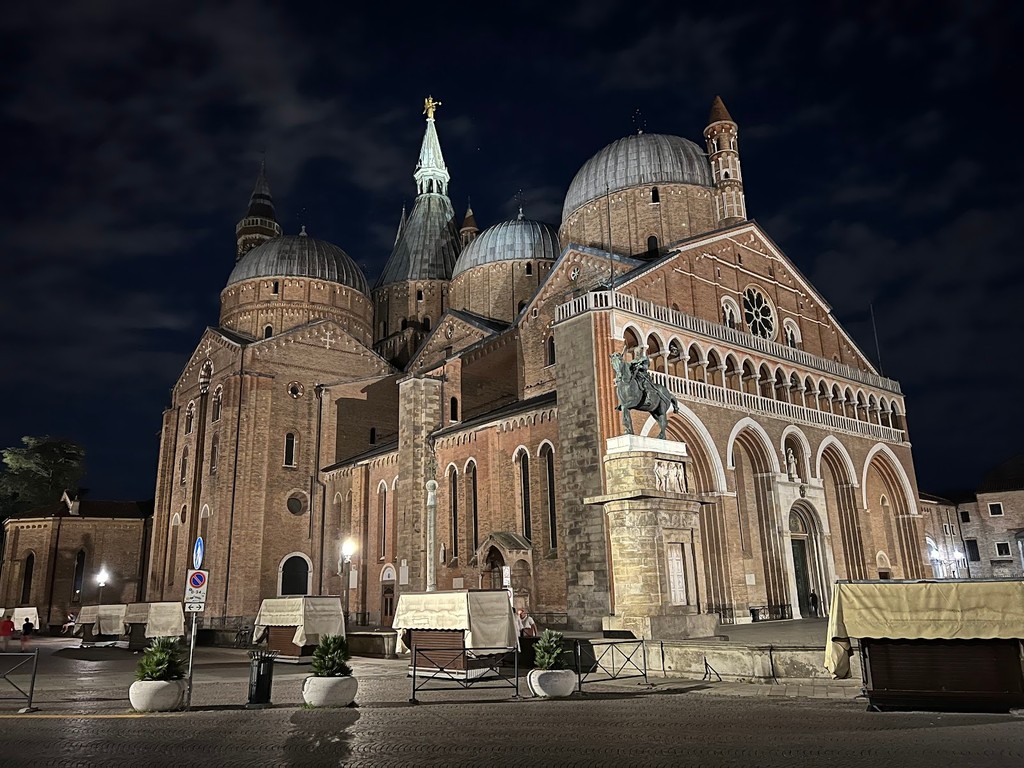
Basilica of Saint Anthony of Padua (Source: Google Maps)
The Basilica of Saint Anthony of Padua is a significant pilgrimage site, attracting millions of visitors each year. This architectural masterpiece combines Gothic and Romanesque styles, reflecting the artistic trends of its time. Constructed in the 13th century, the basilica houses the tomb of Saint Anthony, a revered Franciscan friar known for his eloquent preaching and miracles. The basilica's interior is adorned with stunning frescoes and intricate sculptures, showcasing the talent of various artists throughout history. The grand altar, where Saint Anthony's relics are kept, serves as a focal point for worshippers. The basilica not only stands as a place of devotion but also as a testament to Padua's cultural and spiritual heritage.
University of Padua - Palazzo Bo
Visit Palazzo Bo, the historic seat of the University of Padua, established in 1222 and one of the world's oldest universities.
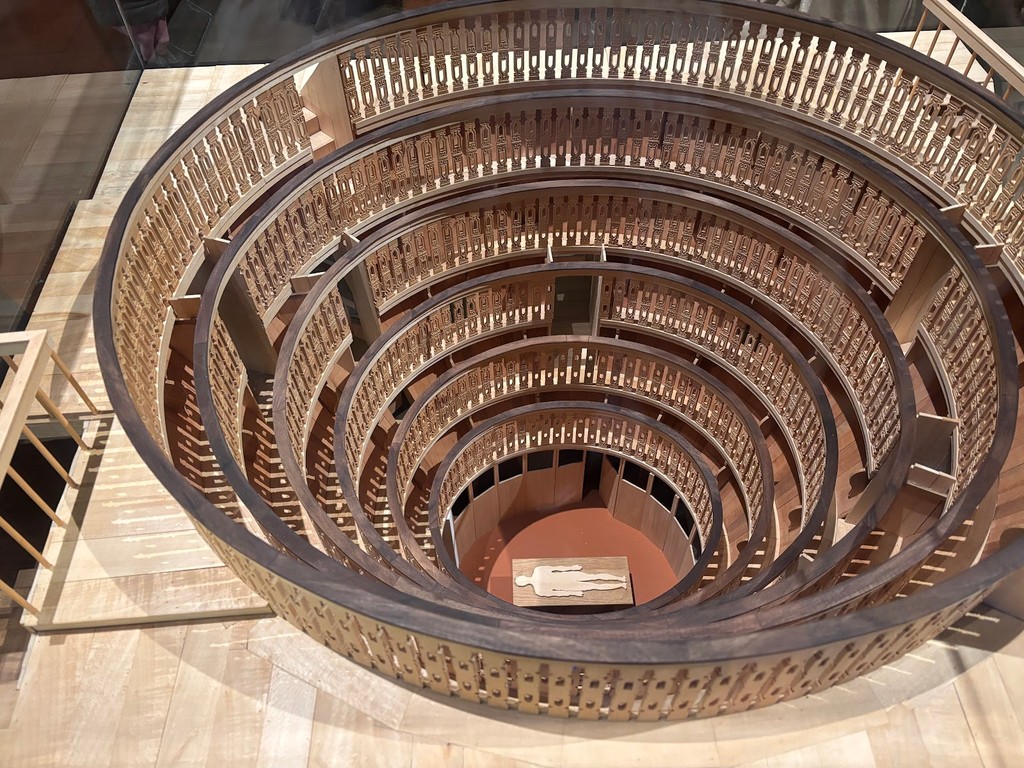
University of Padua - Palazzo Bo (Source: Google Maps)
The University of Padua, founded in 1222, is one of the oldest universities in the world, with Palazzo Bo serving as its historical seat. The university has played a pivotal role in shaping European education, attracting renowned scholars such as Galileo Galilei and Copernicus. The building itself showcases a mix of architectural styles, reflecting its long history and evolution over the centuries. Notable features include the Aula Magna, where important ceremonies and lectures take place, and the Anatomical Theatre, one of the first of its kind, used for public dissections. Palazzo Bo stands as a symbol of academic excellence and innovation, highlighting Padua's contribution to the intellectual landscape of Europe.
Caffè Pedrocchi
A brief walk will take you to Caffè Pedrocchi, an iconic 19th-century café known for its elegant interiors and historical significance.

Caffè Pedrocchi (Source: Google Maps)
Scrovegni Chapel
Make your way to the Scrovegni Chapel, famed for Giotto's frescoes that are considered a masterpiece of Western art.
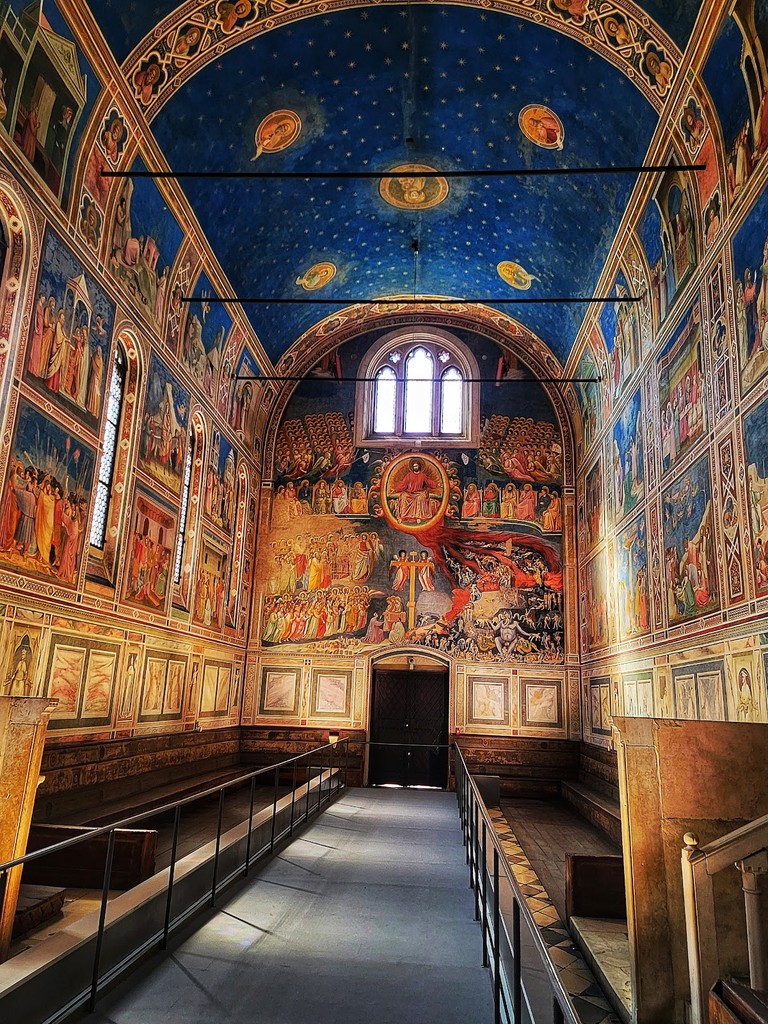
Scrovegni Chapel (Source: Google Maps)
The Scrovegni Chapel, constructed in the early 14th century, is renowned for its stunning frescoes by the artist Giotto. These frescoes are considered masterpieces of Western art, depicting scenes from the life of Christ and the Virgin Mary. The chapel was commissioned by Enrico Scrovegni as an act of penance for his family's usury practices, reflecting the intertwining of art and morality in medieval society. Giotto's innovative use of color and perspective transformed the chapel into a vibrant narrative space, influencing generations of artists. The chapel's historical significance is further underscored by its status as a UNESCO World Heritage site, attracting art enthusiasts and scholars from around the globe.
Piazza dei Signori
Continue your journey to Piazza dei Signori, a vibrant square surrounded by stunning architecture and a popular gathering place for locals.
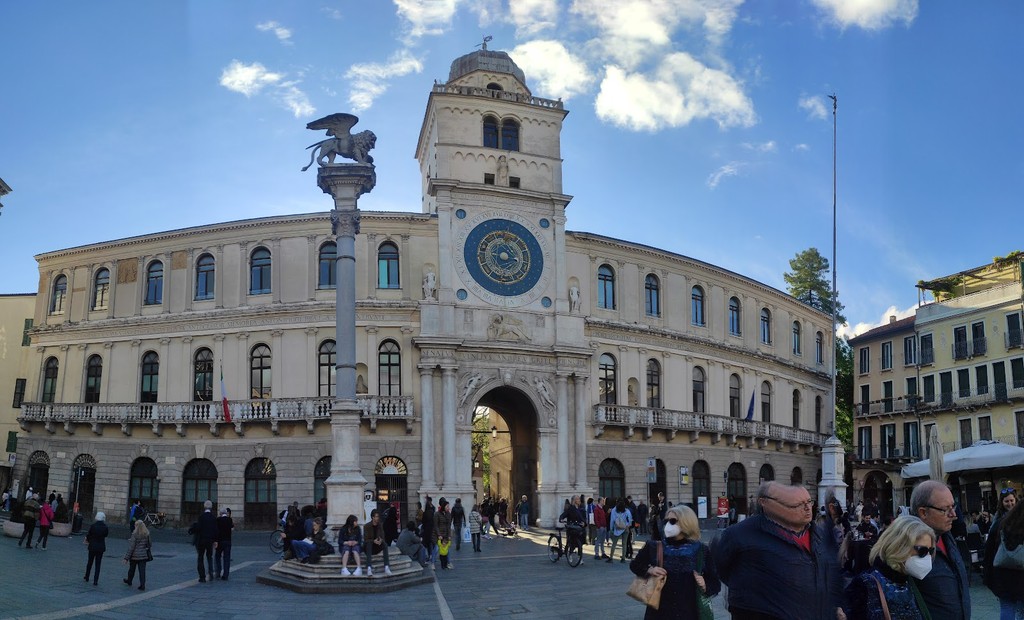
Piazza dei Signori (Source: Google Maps)
Piazza dei Signori is a vibrant square in the heart of Padua, surrounded by remarkable architecture that reflects the city's rich history. The square has served as a central gathering place for locals and visitors alike, hosting markets, events, and cultural activities. Notable buildings surrounding the piazza include the Palazzo della Ragione, with its grand façade and impressive hall, and the clock tower, a symbol of the city's historical significance. The square's lively atmosphere, bolstered by cafés and shops, makes it a popular destination for socializing and enjoying the local culture. Piazza dei Signori embodies the spirit of Padua, where history and modern life seamlessly intertwine.
Palazzo della Ragione
Head towards the historical center to find the Palazzo della Ragione, a medieval town hall with a vast hall on the upper floor, famous for its frescoes.
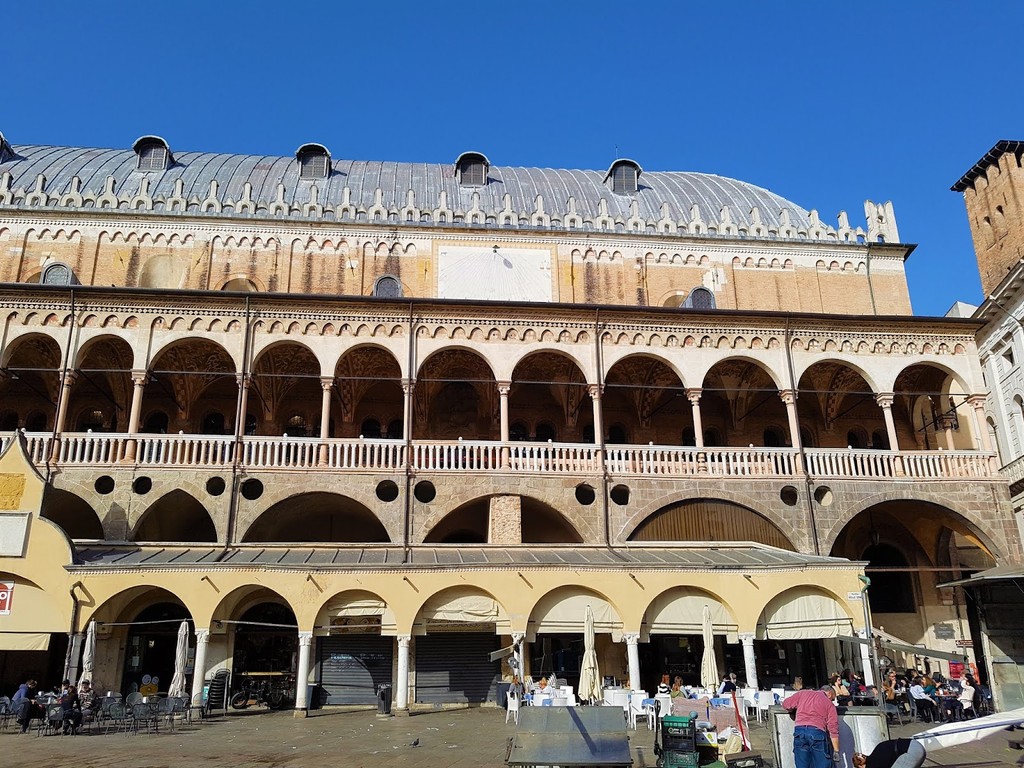
Palazzo della Ragione (Source: Google Maps)
Palazzo della Ragione is a medieval town hall that stands as one of Padua's most significant historical landmarks. Completed in the 13th century, it features a vast upper hall adorned with stunning frescoes that depict various allegorical and historical themes. The building's architecture showcases the Gothic style, with its impressive arches and intricate details. Palazzo della Ragione has served multiple purposes throughout its history, from a marketplace to a civic center, reflecting the city's evolving social and political landscape. The hall's acoustics are remarkable, making it a popular venue for cultural events and performances. As a centerpiece of Padua's historical center, Palazzo della Ragione embodies the city's rich cultural heritage.
Osteria dei Fabbri
Conclude your tour with a taste of local cuisine at Osteria dei Fabbri, offering traditional Venetian dishes in a cozy setting.
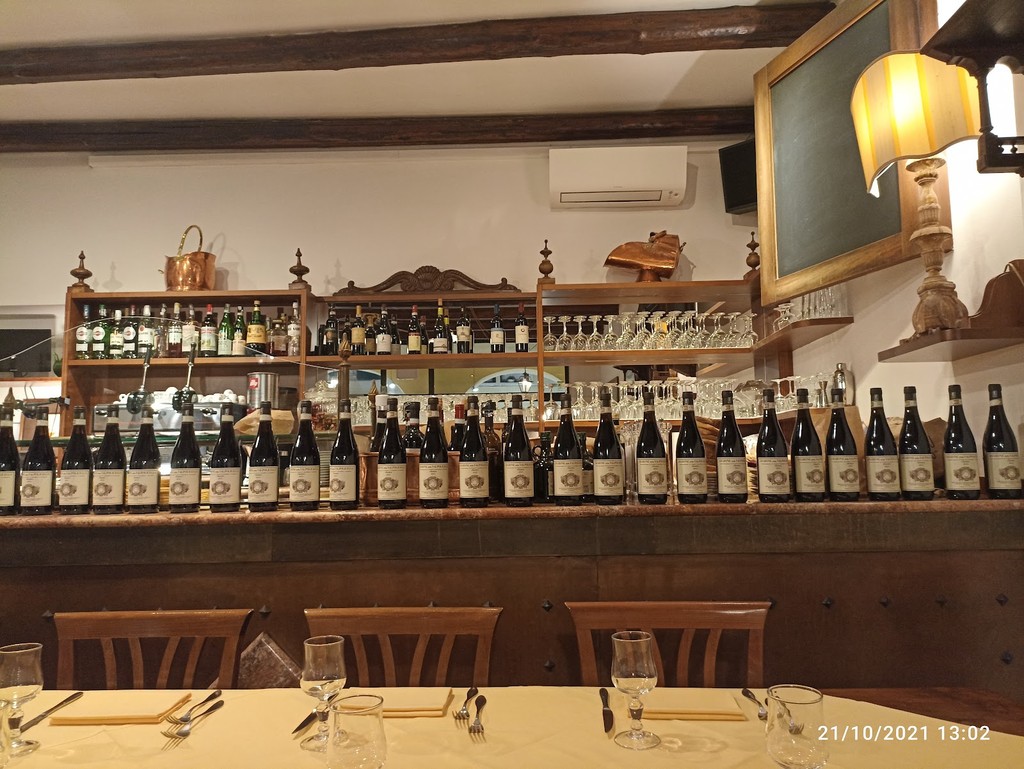
Osteria dei Fabbri (Source: Google Maps)
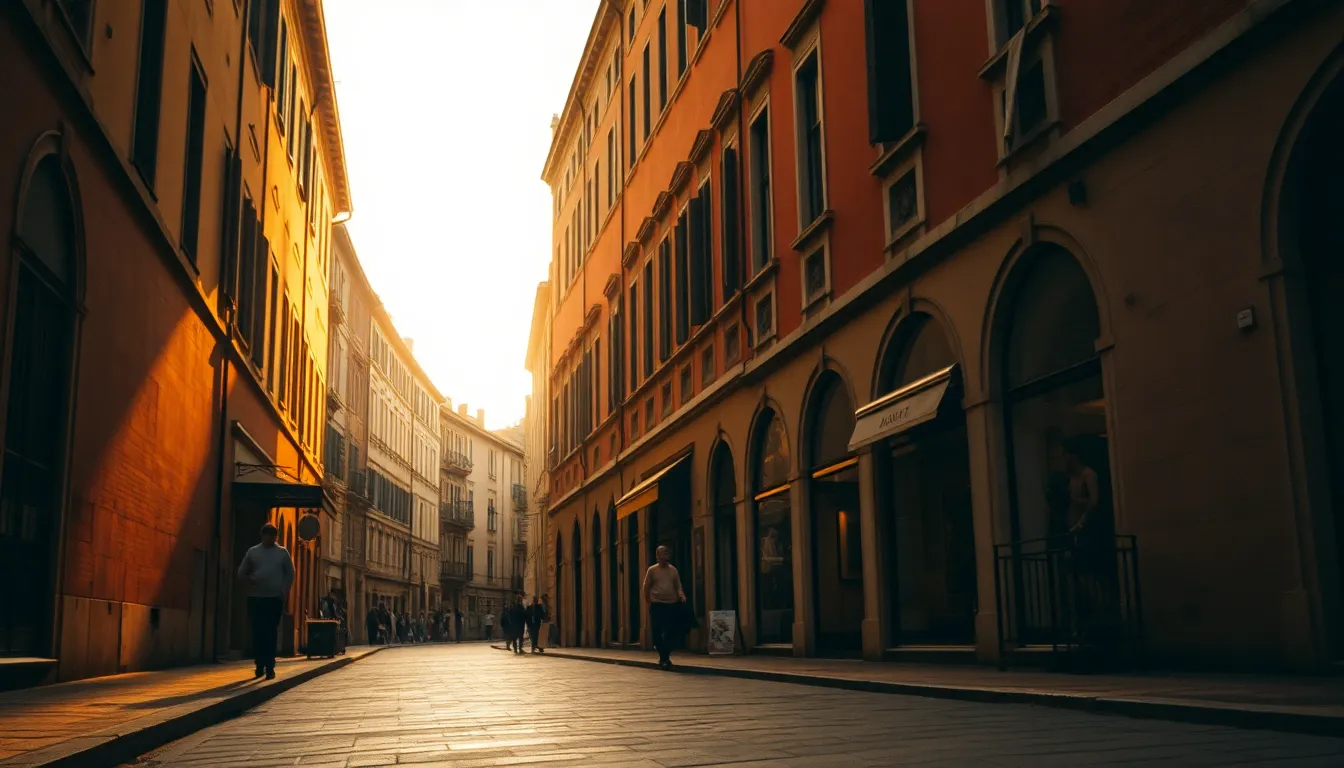
Your travels, your rules.
Create your own Free Walking Tours.
Set your preferences, distances and anything you want to do or see.
Completely free, no payment required.